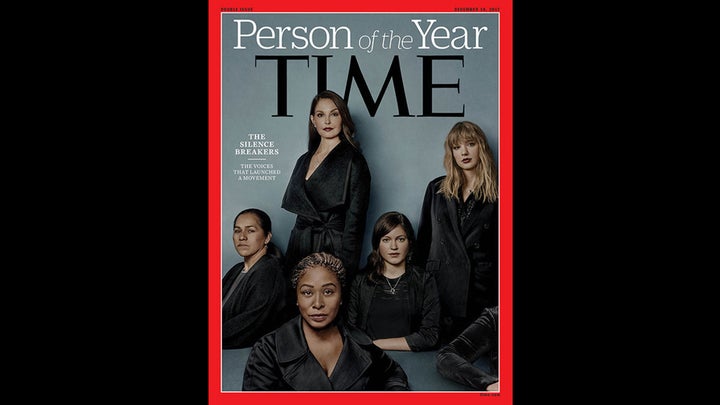
There are touchstone years in our cultural history, accelerative moments when things change fast. In 1916, the women’s suffrage movement—simmering for the better part of a century—boiled over with the “Winning Plan” that resulted in half the population earning the right to vote in the next presidential election. Likewise, many associate the years 1963-64 with the struggles and victories of the civil rights movement, culminating in the Civil Rights Act of 1964.
We are living through a similar moment. Today, on the heels of TIME Magazine bestowing the mantle of Person of the Year on the so-called “Silence Breakers”—victims of sexual assault, harassment and discrimination who have come forward to confront their attackers and aggressors—it has been made clear that we live and work in a markedly different environment than we did a year ago.
The #MeToo movement is a cultural revolution. From the perspective of a brand leader, someone who manages and fosters what aims to be a productive, welcoming, and most of all safe culture, it means sharpening a whole new set of skills.
Listen & Act
First, listening has become more important than ever. It must be engrained in your culture, and that means more than the traditional checkbox approach to hearing out workplace grievances. Every member of your organization must know they have recourse if anyone—from the CEO on down—acts inappropriately. Hearing them out, and letting them know they have been heard, is the first step in creating a culture free of harassment. Understand that from the perspective of a victim of sexual assault or harassment, the process of sharing that experience can be daunting. You must implement a routine that offsets that unsettling experience.
Education must be an ongoing process. Many of those who have admitted publicly to improper conduct have leaned on the excuse that they did not realize what they were doing was wrong. Let’s be clear: ignorance is not a defense. Make sure your organization is continually reinforcing what is and is not appropriate behavior. This communication campaign is aimed at the victims as much as the initiators. There are degrees of assault and harassment, and if your employees feel their experience doesn’t meet a threshold of severity to bring it up in an official capacity, fear and resentment will fester. This is one sure way to erode culture. They should know that what happens to them does matter, and it is worth bringing up.
Part of that education process includes the concept of power differentials in the organizational structure. Many office-born romances have blossomed into enduring relationships. Far more often, subordinates feel pressured to acquiesce to the romantic overtures of their seniors. This doesn’t even have to include a direct report relationship. Consider the allegations made by many women in the entertainment industry who didn’t necessarily work directly for their harassers, but who felt their careers could be negatively affected if they did not go along.
Proving You Mean It
Finally, as a leader, you must be prepared to pull the trigger. Too often, those found to have harassed or even assaulted coworkers are given another chance, their transgressions swept under the rug or given short shrift. Even more often, an organization’s own sexual harassment guidelines are used to protect them, effectively preserving employment for someone who probably should be terminated.
These can be very gray areas. Every circumstance is different, and no single approach can stand in for good judgment. But, if someone is found to have violated the safety of another employee or the sanctity of the culture you are working so hard to cultivate, regardless of position, performance, connections or internal politics, that individual must go.
Sexual harassment in the workplace, while less overt than in decades past, has become more insidious in the present era. It is quieter, it happens behind closed doors, and it often occurs with no words spoken.
Frankly, things are not the same as they were. For many younger professionals, their familiarity with mid-20th Century office decorum does not extend beyond the TV show Mad Men. It is shocking to look at that representation, accurate as it has been described, and think that many people—overwhelmingly women—were objectified and treated so poorly.
Consider how retrograde we view that Mad Men behavior through our modern lens. Then consider this: years from now, maybe not even that far into the future, our children will wonder how our society allowed women to be treated as bad as they have been to this point, and they will hopefully point to 2017 as the year the tide began to change.
